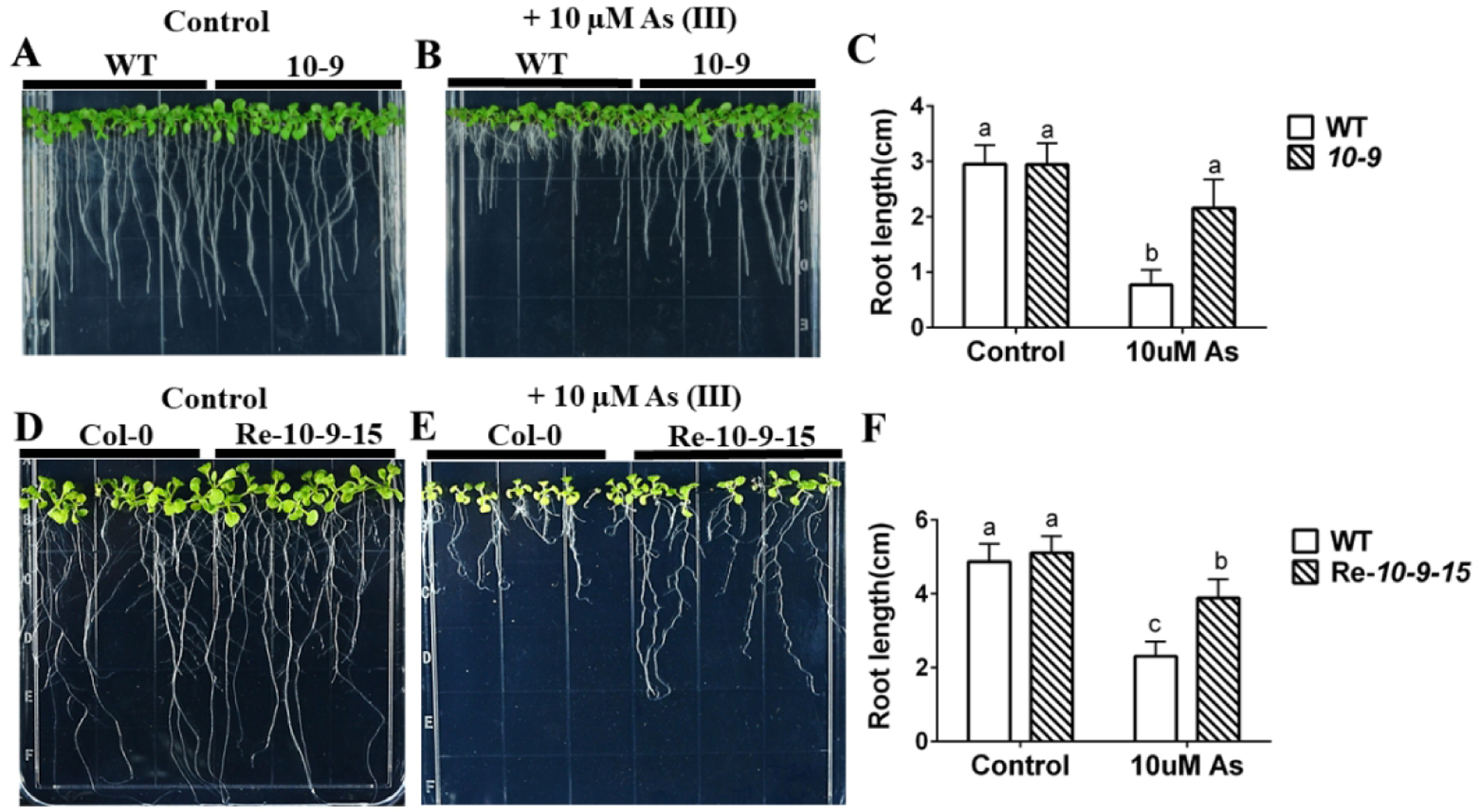Figure 7. amiRNA 10-9 targets phosphate transporters and exhibits arsenite resistance. Arsenite resistance phenotype confirmed in amiRNA retransformation lines.

(A), (B) Root growth of amiRNA 10-9 is more tolerant than WT to arsenite treatment: WT and amiRNA 10-9 lines were grown vertically on 1/2 MS with 0.5% sucrose plates without (control) or with 10 μM arsenite for 10 days; (C) Primary root lengths of WT and amiRNA 10-9 were significantly longer than WT on arsenite plates and no different on control plates. (n=15 seedlings, means ± s.e.m.). (D), (E) amiRNA retransformation lines with the same amiRNA as the amiRNA 10-9 line are more tolerant than WT in root growth assays: WT and amiRNA 10-9 retransformation line 15 were germinated directly on 1/2 MS with 0.5% sucrose plates without (control) or with 10 μM arsenite for 14 days; (F) Primary root lengths of retransformation amiRNA Re-10-9-15 were significantly longer than WT on arsenite-containing plates and no clear difference was observed on control plates. (n=9 seedlings, means ± s.e.m.). Letters at the top of columns are grouped based on two-way ANOVA and Tukey’s multiple comparisons test, P < 0.05).
